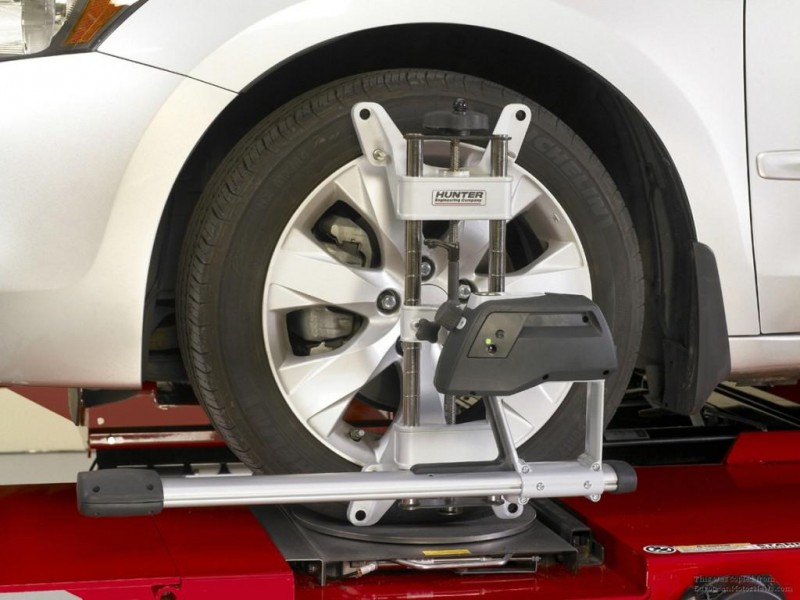
Proper wheel alignment is critical to the performance of your truck, especially when driving off-road. Poor alignment can cause your tires to wear unevenly, reduce fuel efficiency, and even lead to a dangerous situation on the road. In this article, we’ll explore how wheel alignment can improve your truck’s off-road performance.
What is Wheel Alignment?
Wheel alignment refers to the adjustment of your truck’s wheels to ensure they are perpendicular to the ground and parallel to each other. Proper wheel alignment ensures that your tires make full contact with the ground, allowing for better traction, handling, and overall performance.
How Can Wheel Alignment Improve Your Off-Road Performance?
Improved Traction
Off-road terrain can be challenging to navigate, with steep inclines, loose gravel, and uneven ground. Proper wheel alignment ensures that your tires make full contact with the ground, providing better traction and grip. This can help you maintain control of your truck and avoid slipping or sliding on uneven terrain.
Increased Stability
Off-road driving often requires sudden turns, sharp inclines, and steep declines. Proper wheel alignment ensures that your truck maintains stability during these maneuvers. Misaligned wheels can cause your truck to pull to one side or the other, making it difficult to control your vehicle.
We recommend: Fuel saving tips when driving a truck
Reduced Tire Wear
Off-road driving can be tough on your tires, causing them to wear out more quickly. Proper wheel alignment can help reduce uneven tire wear, ensuring that your tires last longer and perform better off-road. When your wheels are properly aligned, your tires wear more evenly, reducing the need for frequent replacements.
Improved Fuel Efficiency
Off-road driving can be more fuel-intensive than on-road driving. Proper wheel alignment can help improve your truck’s fuel efficiency by reducing the rolling resistance of your tires. When your wheels are properly aligned, your tires roll more smoothly, reducing friction and saving fuel.
Better Handling
Proper wheel alignment can also improve your truck’s overall handling. When your wheels are properly aligned, your truck responds more quickly and smoothly to steering inputs. This can be especially important when navigating tight turns or uneven terrain.
Safer Driving
Off-road driving can be dangerous, and proper wheel alignment can help make it safer. Misaligned wheels can cause your truck to pull to one side or the other, making it difficult to maintain control of your vehicle. Proper wheel alignment ensures that your truck is more stable and easier to control, reducing the risk of accidents and injuries.
Proper wheel alignment is critical to the performance of your truck, especially when driving off-road. Improved traction, increased stability, reduced tire wear, improved fuel efficiency, better handling, and safer driving are just a few of the benefits of proper wheel alignment. If you’re planning to take your truck off-road, make sure to have your wheels aligned by a qualified mechanic. By taking this simple step, you can improve your truck’s performance and keep yourself and others safe on the road.
To get more information about us, follow us on Facebook and Instagram. Or call us right now for a road service on: repairtrucktrailer.com









